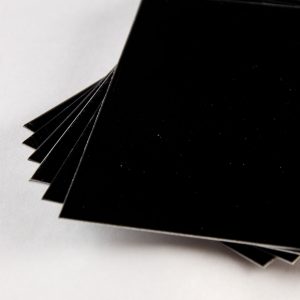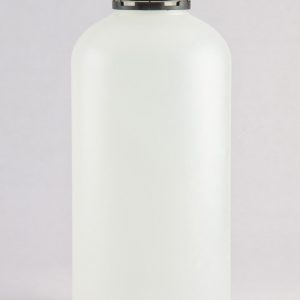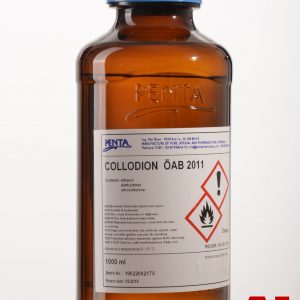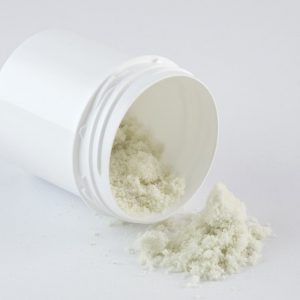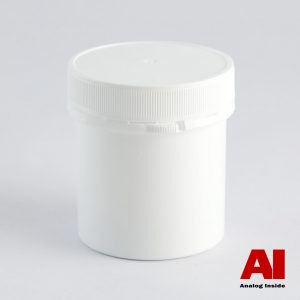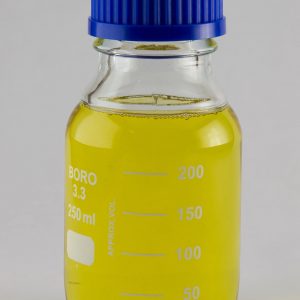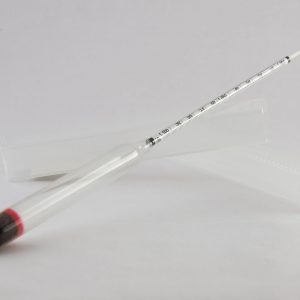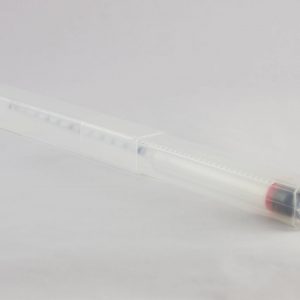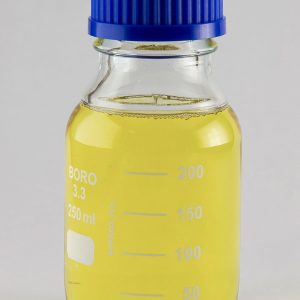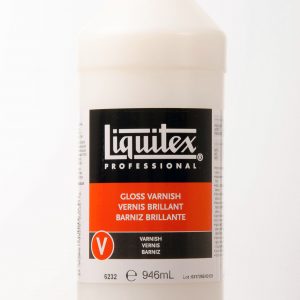wet collodion varnishes
"250ml Shellac Varnish (filtered with active carbon)" has been added to your cart. View cart
250ml Carbon Filtered Shellac varnish
0 out of 5
57,00€
250ml of shellac varnish. Shellac was one of the most commonly used varnishes for wet plate in the 19th century. This is the classical Shellac formula but filtered with activated carbon to lighten its color. The result is less darkening and a more similar color to the unvarnished plate.
Glossy finish, but a little less than sandarac rubber.
The use of alcohol based varnishes is suitable for freshly made collodion. If your plate has been shot with an old collodion we recommend you to choose an acrylic varnish to prevent dissolving the image. You could also seal your plate with a glass dome and Canada Balsam.
Our varnishes are sold in borosilicate glass bottles, which are easy to clean and more resistant than regular glass to impact and temperature changes.
If you have trouble with this varnish dissolving your images, adding a few ml of distilled water to the varnish could solve this problem.
Product added!
Take a look at the wish list
The product is already on your wish list!
Take a look at the wish list
250ml Sandarac gum Varnish
0 out of 5
49,00€
250ml of sandarac varnish. Sandarac is the most commonly used varnish for wet plate nowadays. This is the classical gum sandarac formula.
The use of alcohol based varnishes is suitable for freshly made collodion. If your plate has been shot with an old collodion we recommend you to choose an acrylic varnish to prevent dissolving the image. You could also seal your plate with a glass dome and Canada Balsam.
Our varnishes are sold in borosilicate glass bottles, which are easy to clean and more resistant than regular glass to impact and temperature changes.
If you have trouble with this varnish dissolving your images, adding a few ml of distilled water to the varnish could solve this problem.
Product added!
Take a look at the wish list
The product is already on your wish list!
Take a look at the wish list
250ml Carbon Filtered Sandarac Gum Varnish
0 out of 5
55,00€
250ml of sandarac varnish. Sandarac is the most commonly used varnish for wet plate nowadays. This is the classical gum sandarac formula but filtered with activated carbon to lighten its color. The result is less darkening and a more similar color to the unvarnished plate.
The use of alcohol based varnishes is suitable for freshly made collodion. If your plate has been shot with an old collodion we recommend you to choose an acrylic varnish to prevent dissolving the image. You could also seal your plate with a glass dome and Canada Balsam.
Our varnishes are sold in borosilicate glass bottles, which are easy to clean and more resistant than regular glass to impact and temperature changes.
If you have trouble with this varnish dissolving your images, adding a few ml of distilled water to the varnish could solve this problem.
Product added!
Take a look at the wish list
The product is already on your wish list!
Take a look at the wish list
Liquitex glossy varnish (473ml)
0 out of 5
473ml of glossy acrylic Liquitex varnish. This varnish is translucent and soluble in water when liquid. Once it dries it creates a completely waterproof and transparent layer. It doesn’t yellow over time and it’s UV resistant. Therefore, this varnish offers a very high protection to our plates.
It is a very good alternative to traditional varnishes when we use old collodion. Alcohol based varnishes are prone to dissolve the images created with reddish (old) collodion. It is highly recommended the use of this type of water based varnish.
If well preserved, this varnish should last for a long time.
Product added!
Take a look at the wish list
The product is already on your wish list!
Take a look at the wish list
Liquitex glossy varnish (946ml)
0 out of 5
946ml of glossy acrylic Liquitex varnish. This varnish is translucent and soluble in water when liquid. Once it dries it creates a completely waterproof and transparent layer. It doesn’t yellow over time and it’s UV resistant. Therefore, this varnish offers a very high protection to our plates.
It is a very good alternative to traditional varnishes when we use old collodion. Alcohol based varnishes are prone to dissolve the images created with reddish (old) collodion. It is highly recommended the use of this type of water based varnish.
If well preserved, this varnish should last for a long time.
Product added!
Take a look at the wish list
The product is already on your wish list!
Take a look at the wish list
Showing the 5 results


